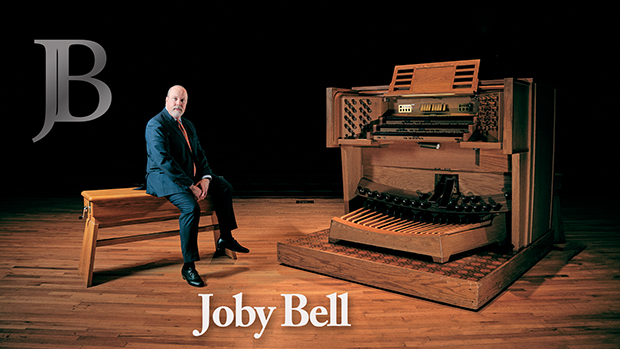Widor vs. Joby, Part 9: Symphonie gothique and Symphonie romane
 Wednesday, October 14, 2020 at 11:50AM
Wednesday, October 14, 2020 at 11:50AM
This is the ninth installment in my series on my take on playing the complete works of Charles-Marie Widor. See the first post in the series for an introduction and my philosophies behind this blog series. And as always, refer to John Near’s edition for important corrections in the scores that I might not necessarily mention.
Symphonie gothique and Symphonie romane are up today. Visit my program notes on the pieces. And of course, feel free to order the recordings.
-------------------------------
Symphonie gothique is an epic piece I recorded on an epic organ. Just wait 'til you hear the Puer natus on the party horn in the back during the Final. Otherwise, I have no additional ‘tricks’ to offer. Widor got these later Symphonies perfect. They play themselves if you follow Widor’s registrations. Read John Near’s commentary in his edition. Without delay.
--------------------------------
I have played Symphonie romane more than once in performance. Each time, the profundity was palpable. It is utterly astounding how a bunch of black notes on a page can bring an entire room together, right into the palm of Widor’s hand. This piece lives in my heart, and I am glad I learned it.
This piece seems to be the prototype for various figurations and rhythmic quirks that later composers such as Vierne, Messiaen, and Duruflé used, as well. I presented some of that at a workshop at the AGO National Convention in Houston in 2016. Fascinating stuff. Maybe I’ll post that here sometime.
See my extended program notes for this piece, and read John Near’s commentary in his edition.
Movement I
Enjoy all the rhythmic trickery, and put yourself in the audience’s position of having to find the beat sometimes. Make it clear, like Widor surely did. Otherwise, follow his markings, and all will be well.
Movement II: Choral
Measure 60: I move the left hand to the Récit on the second 16th. It helps with balance.
Movement IV: Final
Measure 129, final note: If it sounds good, the horizontal reed works well here. Take it back off in the middle of beat 3 of 133 and begin a smooth decrescendo.
By the way, Widor had a formula for crescendos and decrescendos. He said that the various ‘batches’ of stops (represented on the various ventils) should be added on strong beats and retired on weak beats. Since they were almost always brought in or taken out in the same order, then you could calculate how many steps were needed and therefore when to start in one direction or the other. Works for me, but with modern piston gadgetry, we can have even more gradations and can be even more subtle and smooth, much like a German Rollschweller. If you have the technology or smart registrants, be as subtle as you like. Don't rely on the American Crescendo shoe. Rarely is that subtle enough, especially when the instrument's specification is anything but subtle in the first place. Work with what you have.
 Joby Bell | tagged
Joby Bell | tagged  Note by note,
Note by note,  Widor vs. Joby
Widor vs. Joby 